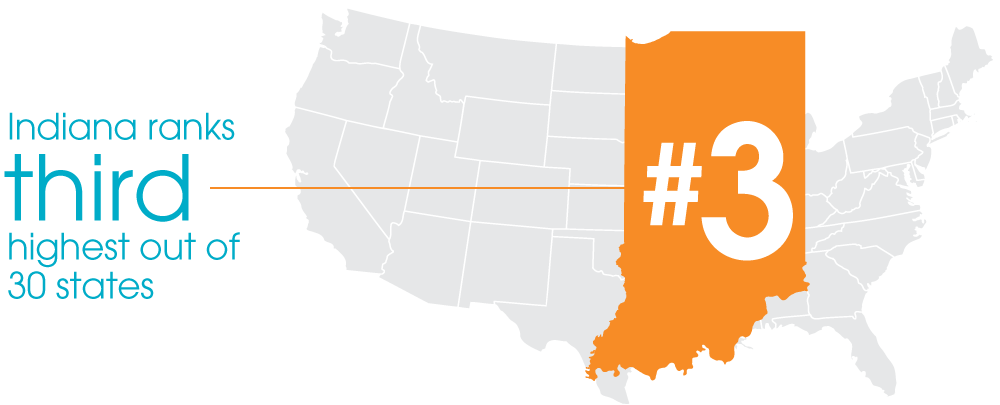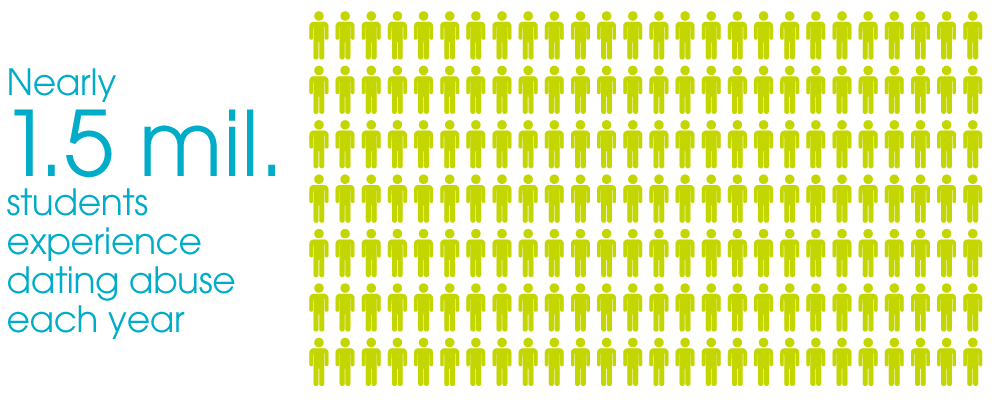Changing the culture that leads to domestic violence.
If you need a quick exit, here is an escape button for you to use.
DismissImpact
Data show us trends, patterns, and can help us find ways to work to reduce the issues at hand. Domestic Violence Network (DVN) uses data in many ways. Two main ways we use data on a community level are:
Local data describing the state of domestic violence in our community.
National data on domestic violence and teen dating violence to inform our community of the widespread nature of these issues.
Local Data
One of the areas DVN operates is in data collection and dissemination. We work with our network and partner organizations to collect, disseminate, and deliver the data to the community about the community. This data is used to help inform decision-makers and lawmakers as well as to inform the general public on the state of domestic violence in our community. This data also helps inform DVN and other service organizations on how best to adapt to the greater community story told by the data.
Database
DVN has an ongoing partnership with The Julian Center, IMPD, the Marion County Prosecutor’s Office, and the Marion County Courts using public datasets to gain a better understanding of domestic violence in the criminal justice system.
Reducing the number of intimate partner Homicides
DVN has put together Reducing the Number of Intimate Partner Homicides: A report on domestic violence and firearms in central Indiana. With intimate partner homicides caused by a firearm increasing dramatically in the central Indiana area over the past 3 years, DVN found it necessary to look into strategies to reduce these homicides. This report examines what other cities across the nation are doing to improve their honor system for surrendering firearms in domestic violence cases as well as looking briefly into transformative justice models. There is also an overview of current laws in place to tackle this pervasive public health issue. Read the full report by clicking the link below.
State of Domestic Violence Report
DVN also compiles a report on the state of domestic violence for Central Indiana. Our 2020 Edition covers the impacts of COVID-19 on Central Indiana direct service providers and the adaptations made in service delivery and prevention work as well as offers recommendations on ways to move forward to make things better for our survivors.
(DVN) intends for this report to be used by government, nonprofit and private organizations, especially those who are in decision-making positions. The hope is that this report will be used to inform decision making and policy making to improve our processes across sectors to better serve our community and the survivors of domestic violence, ultimately changing the culture that leads to domestic violence through advocacy, education and collaboration in the community at large. Read the full report below.
2020 State of Domestic Violence Full Report
2018 & 2019 State of Domestic Violence Full Report
2020 State of Domestic Violence Report
2018 & 2019 State of Domestic Violence Report
2016 State of Domestic Violence Report
2015 State of Domestic Violence Report
2014 State of Domestic Violence Report
2013 State of Domestic Violence Report
2011 State of Domestic Violence Report
2008 State of Domestic Violence Report
National Data
DVN uses national statistics in all of our trainings to adults and youth. This data provides context to our conversations and shows why domestic violence is critical to address. In an effort to be a resource of data to the community, we are providing some of our most used national statistics here.
National Statistics — Adults
We know that at least 53% of individuals know someone who has experienced domestic violence, however, we also know that this number is likely much higher due to under reporting. Under reporting greatly affects the statistics of domestic violence, so keep this in mind when using these statistics. Another important thing to keep in mind in the statistics of 1 in 3 women, 1 in 7 men, and 1 in 5 people experiencing domestic violence in their lifetime doesn’t show the disproportionate nature of domestic violence. For example, we know that under reporting is much more common with men than women (meaning that we believe the rate to be much higher for men than the data shows). We also know that Black and African American women experience domestic violence at a rate 2.5x’s higher than their white counterparts. We also know that 54% of trangender individuals experience some form of intimate partner violence in their lifetime.
We encourage people to use these national statistics while keeping in mind that there are many barriers to collecting accurate data, and that these numbers often do not show how certain communities experience domestic violence at higher rates than others.
If you are interested in learning more about these numbers visit our adult training program page.

Avon Foundation for Women (2013). No More Domestic Violence and Sexual Assault, Survey of Attitudes and Experiences of Teens and Adults. from Avon Foundation for Women website.

Avon Foundation for Women (2013). No More Domestic Violence and Sexual Assault, Survey of Attitudes and Experiences of Teens and Adults. from Avon Foundation for Women website.

Avon Foundation for Women (2013). No More Domestic Violence and Sexual Assault, Survey of Attitudes and Experiences of Teens and Adults. from Avon Foundation for Women website.
National Statistics — Youth
We believe that domestic violence prevention starts early. That’s why we’ve dedicated significant resources to engaging young people. We create programs that help schools address dating violence and social issues while developing peer groups to impact the cultural understanding of domestic violence, and we use data to inform our youth programs. By eliminating harmful stigmas and changing cultural norms, we will see a better tomorrow for our children and grandchildren.
Indiana ranks third highest out of 30 states in the percentage of high school students who reported sexual dating violence during the past 12 months. This is one of the many reasons DVN is committed to working with and engaging with our youth in hopes to change this statistic.
To learn more about bringing DVN’s programming to your organization, visit our Youth Programs page.

Centers for Disease Control and Prevention. (2016). Youth Risk Behavior Surveillance – United States, 2015 Retrieved from http://www.cdc.gov/healthyyouth/data/yrbs/pdf/2015/ ss6506_updated.pdf

Centers for Disease Control and Prevention, “Physical Dating Violence Among High School Students—United States, 2003,” Morbidity and Mortality Weekly Report, May 19, 2006, Vol. 55, No. 19.
To learn more about teen relationships review The Indiana Youth Institute’s latest Issue Brief.